.jpg)
In this episode, we’re exploring how company leaders can go about building a people-first culture. And joining Beth to break it all down is someone who truly does put people-first: Amy Bloxom, Regional Vice President at Townsquare Media. Amy makes a ton of great points, such as:
- Why it’s not only important for employees to understand the vision of the company but also that their opinions matter
- How assuming positive intent can go a long way toward establishing trust, even when conflicts arise
- And, finally, why understanding each of your team members at an individual level is invaluable when building a culture that is truly people-first.
EPISODE HIGHLIGHTS
Defining the Ideal Culture
When asked to define the ideal company culture in 3-5 words, Amy offers: “I try to create a culture of respect for one another, communication with each other, trust, encouragement, collaborations with other departments, and just really being fair to all employees across the board.”
What is a People-First Culture?
Beth asks, “How would you define that concept of a people-first culture, and why is it so important for an organization's success?”
Amy shares that Townsquare Media distills their philosophy down to two words: “You matter.”
“The number one thing on our wallet card is, “you matter.” So, ‘you matter’ as an employee, but we have to understand that everybody has their personal life outside of work. You matter [in that way as well].
“What a people-first culture also means...is making sure that, whatever job an employee is tasked with, that they clearly understand what that job duty is and what that expectation is, so that there's no gray area.
“And you also want to go beyond that too, and you want to provide them with the tools and the resources that are available for them to be able to succeed in their job.
“Then I really try to encourage collaboration, brainstorming, etc. It's not just my ideas; it's our ideas.
“I also don't ask anything of my people that I'm not willing to do myself.”
Transparency Helps Foster a People-First Culture
“I'm a very transparent leader,” Amy says. “My sales management team or my department heads, they know exactly what's going on.
“We want to make sure everybody understands the vision, whether it's our short-term goals or whether it's the long-term goals. There's always a strategy but we're not afraid to pivot because, as we know, in the media industry, it has been very fluid, and so many things are being thrown at us.
“So, I just want to make sure that the team always knows that their opinions do matter.
“Once a month, the managers and I go on what we call our ‘Mexico Trip.’ And that’s a meeting where we lock ourselves in my little conference room, which lets them know, ‘Hey, we're in Mexico.’ There's no Wi-Fi, there's no social media, and it's for two hours.
“We strategize months ahead, so that we have everything lined out and ready to provide the team with all their arrows and their quiver of what's going to be coming up and what we've got to look for, what we've got to work towards.
“Now we've got the roadmap, but we encourage them to bring us new ideas, we encourage them to share when we're presenting to them what we came up with from that meeting.
“Because we're not perfect, and we're all a team here in the building and in the region.”
Navigating Difficult Situations
When discussing how to best navigate workplace conflict, Amy emphasizes the power of assuming positive intent and addressing misunderstandings through open communication.
“I think anytime you're working as hard as we are, you’re going to run into some conflict,” Amy says. “A lot of times, what I have discovered is that the bigger conflicts are generally a misunderstanding. Whether it's from another manager, a coworker, or between departments, it's just a complete misunderstanding.
“So, I look at the whole situation first and determine, ‘is this something that needs to be addressed now? Is it that important?’ If it's between two people, I try to address it quickly.
“I had a conflict within the last two weeks, as a matter of fact. I just called both employees in and let them tell me from both sides of what they heard. I let each person speak, and I listened to them. And a lot of times, through those conversations, of having that person tell me and then the other person tell me, they do realize it was all a misunderstanding, and it kind of resolves itself.
“If it doesn't, then I look at the incident, and if someone was in the wrong, we go ahead and address it.
“They know that about me. I don't look at your role; I look at the event and what happened and what got us there, and after that, generally, all as well, and they're even working better together.
“But we also get them on the same page of how to communicate because one may not be communicating the right way, and so they get to tell each other, ‘How do you communicate better with me?’”
Encouraging Autonomy and Ownership
Beth asks Amy how she encourages autonomy and ownership within her organization, and Amy highlights the importance of providing employees with the necessary tools, resources, and training to excel in their roles.
“Whether you're in the sales aspect of the company or if you're in the programming aspect of the company, we provide everyone with all the tools they need. So, with that comes training and development.
“And what most of the employees will see me do in this building is when we introduce a new platform for data pulling, they'll see me learning that data. They'll see me going there and finding ways to make their jobs easier. Then I'll either pass that down through my management team or I'll actually go join a sales meeting and go, ‘Oh my gosh, let me show you what I just found.’
We ask them to perform these tasks. There's a lot they have to do, and so I'm always looking for ways to make their job easier.
Measuring the Effectiveness of a People-First Initiative
When it comes to measuring the success of your people-first efforts, Amy offers a simple but powerful metric to start off with: “On the local market, I look at us a retention,” she says.
“I've got people that have been in this building for 30-something years. I think the youngest person in the building now is about a year into it. So, retention is one thing.
“The other thing I look at, that is measurable is just how the team collaborates. You look at, well, performance. You look at if they come into your office and still communicate with you on a regular basis.
Amy also suggests using a “Real Life Social Media Board.”
“We do the Gallup surveys once a year,” Amy says. “But sometimes employees may not say something on a survey. So, I have a ‘Real Life Social Media Board.
“Everybody gets on social media and makes comments and all that stuff. So, I made a poster, a cork board with little cards where they can pin up their comments, suggestions, feedback, what do you like, what don't you like? You can sign it; you don't have to sign it. Is it a motivational thing you want to write up there for your team?
“And I'll go through them, and I'll pull them off the board, and if there's something that needs to be fixed, I'm going to fix it.”
One Key Takeaway
When asked if she had to recommend for listeners to start doing right away to build a people-first culture, Amy suggests conducting personal discovery meetings with every employee.
By understanding their motivations, goals, and preferences, leaders can tailor their approach to each team member, fostering a culture that recognizes and values individual differences.
“I would sit every employee down and do a CNA, or what we now call discovery meeting, and I would find out everything I needed to know that they're willing to share. What motivates them,
what do they love about their job, what are their struggles, what is their pain point, what's keeping them up at night, and what are their five-year goals?
“It starts by getting to know your people. You've got to know them and what drives them.”
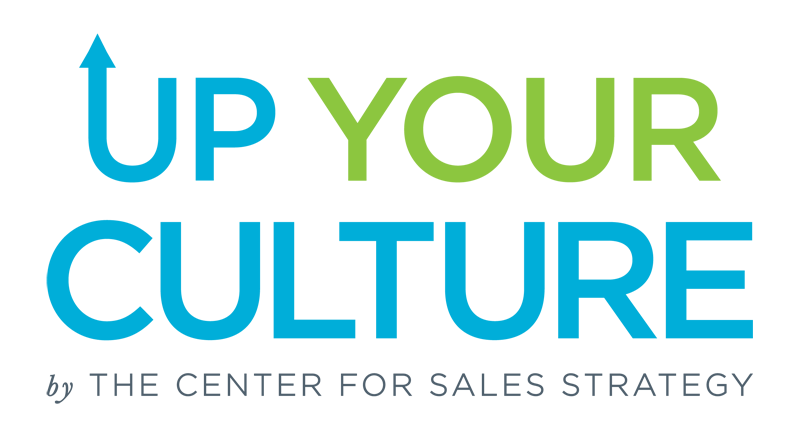
.png)




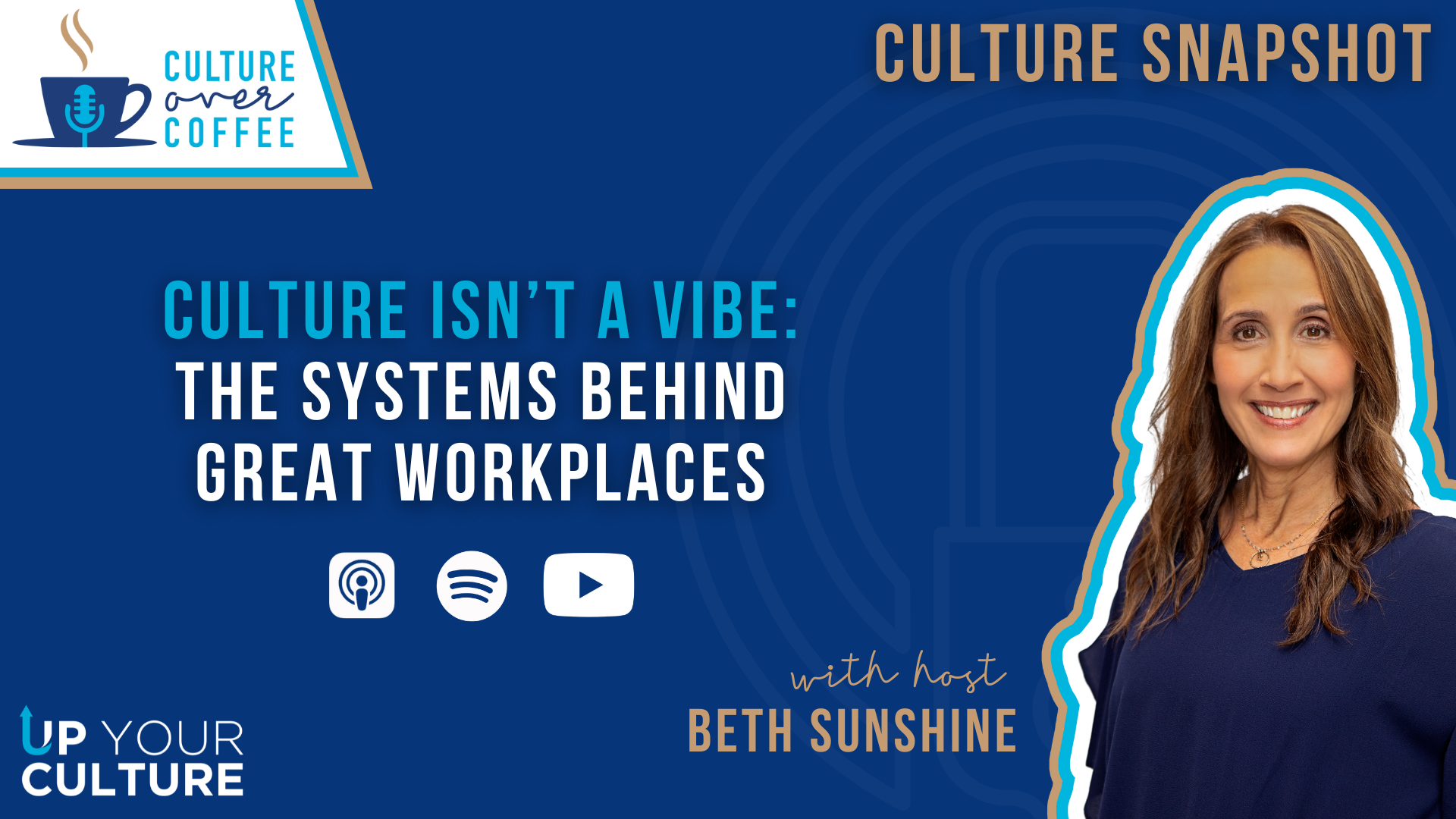
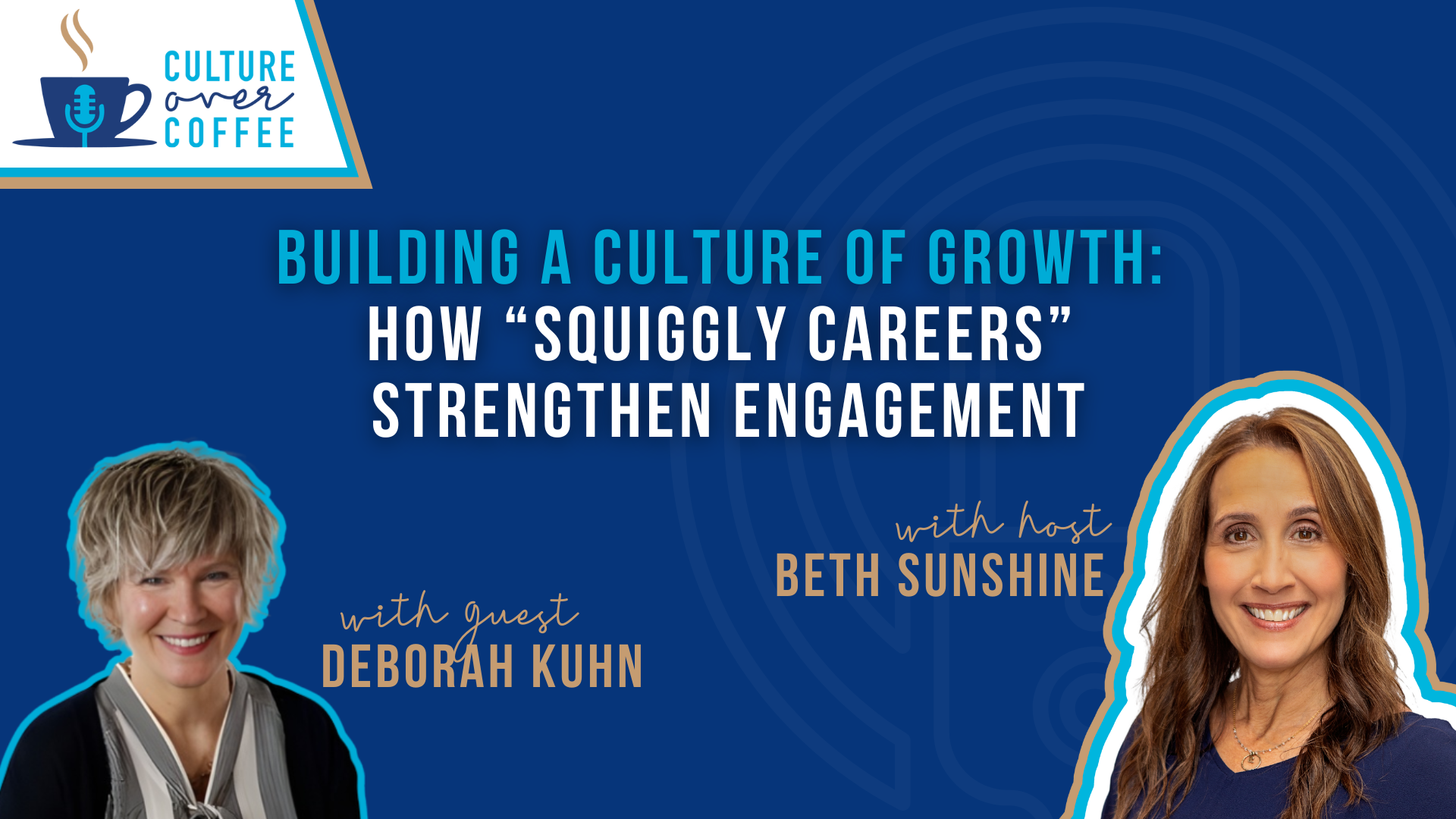
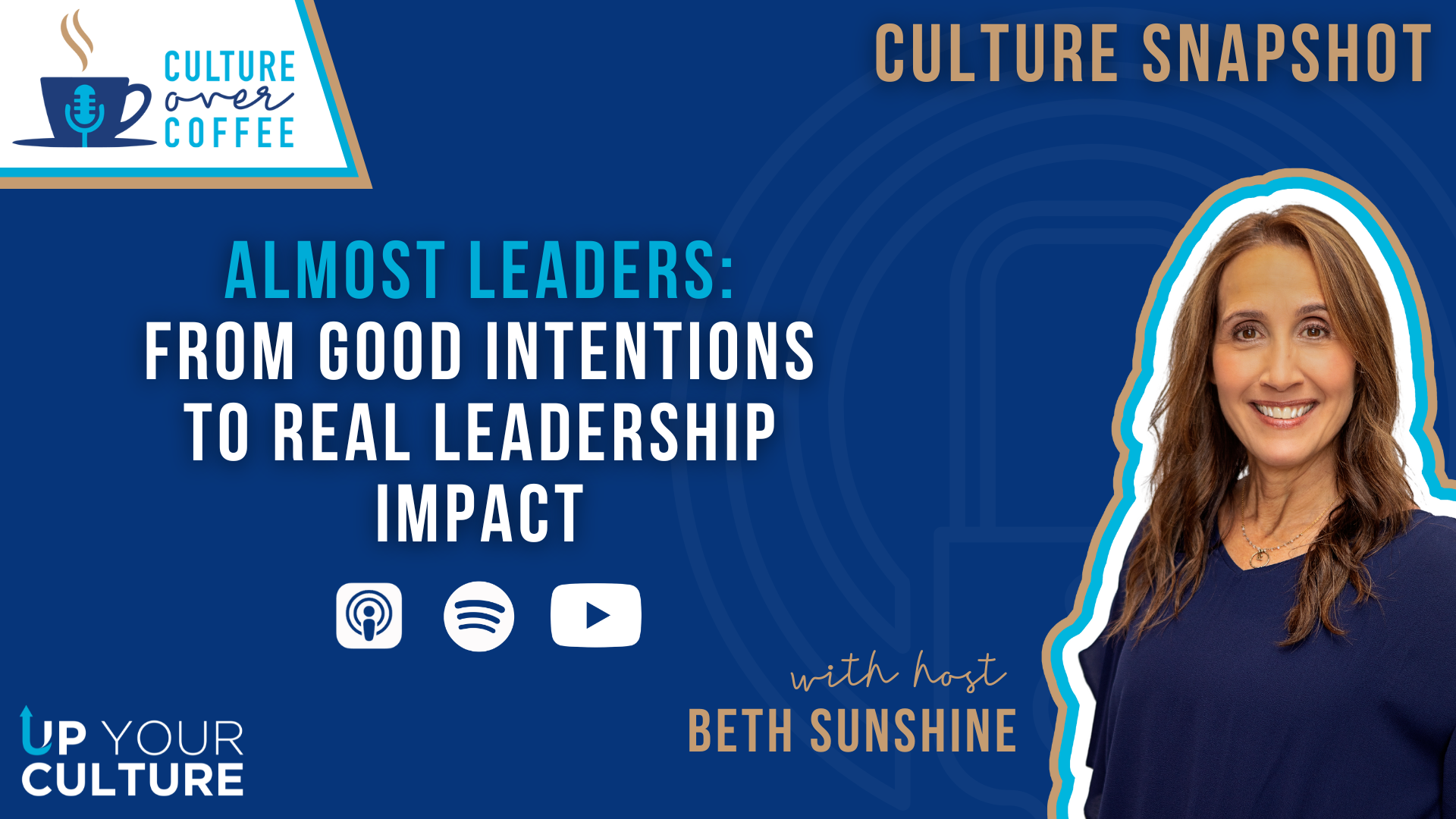
Leave a Comment